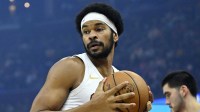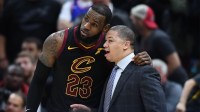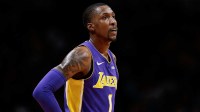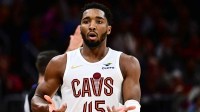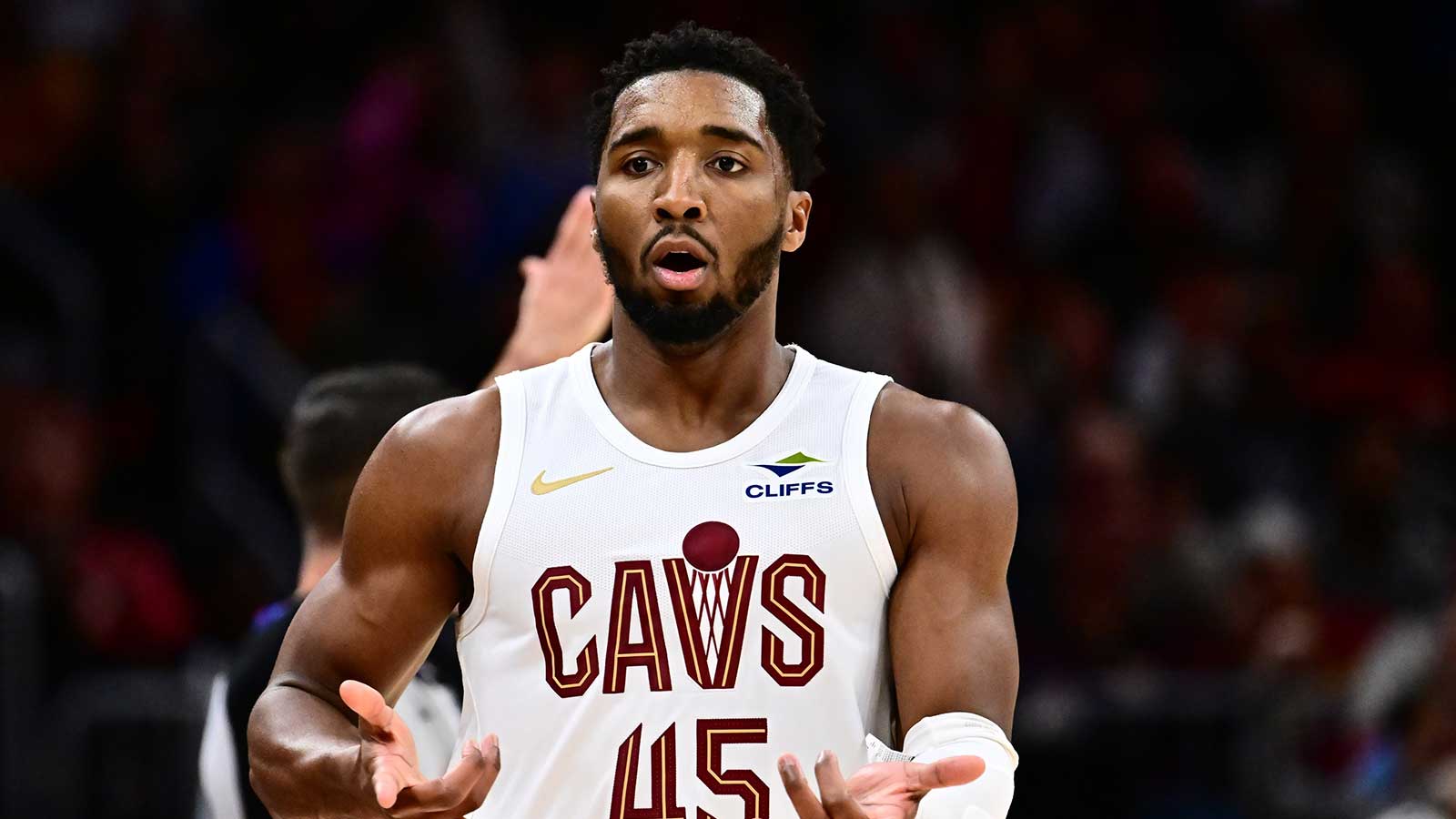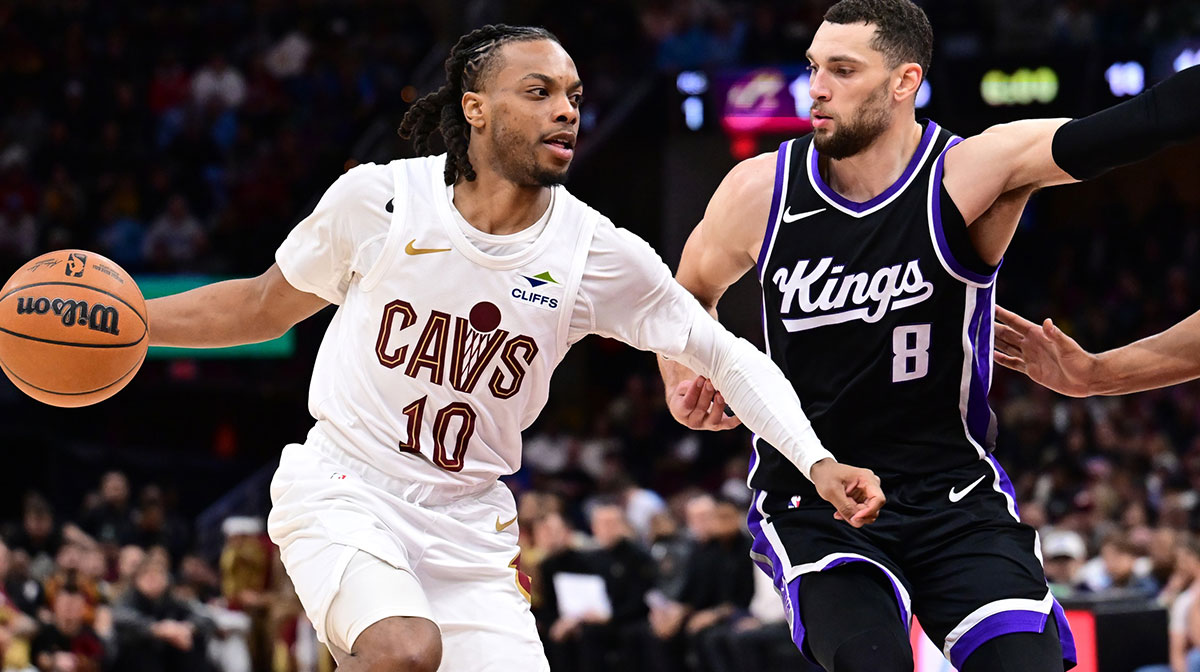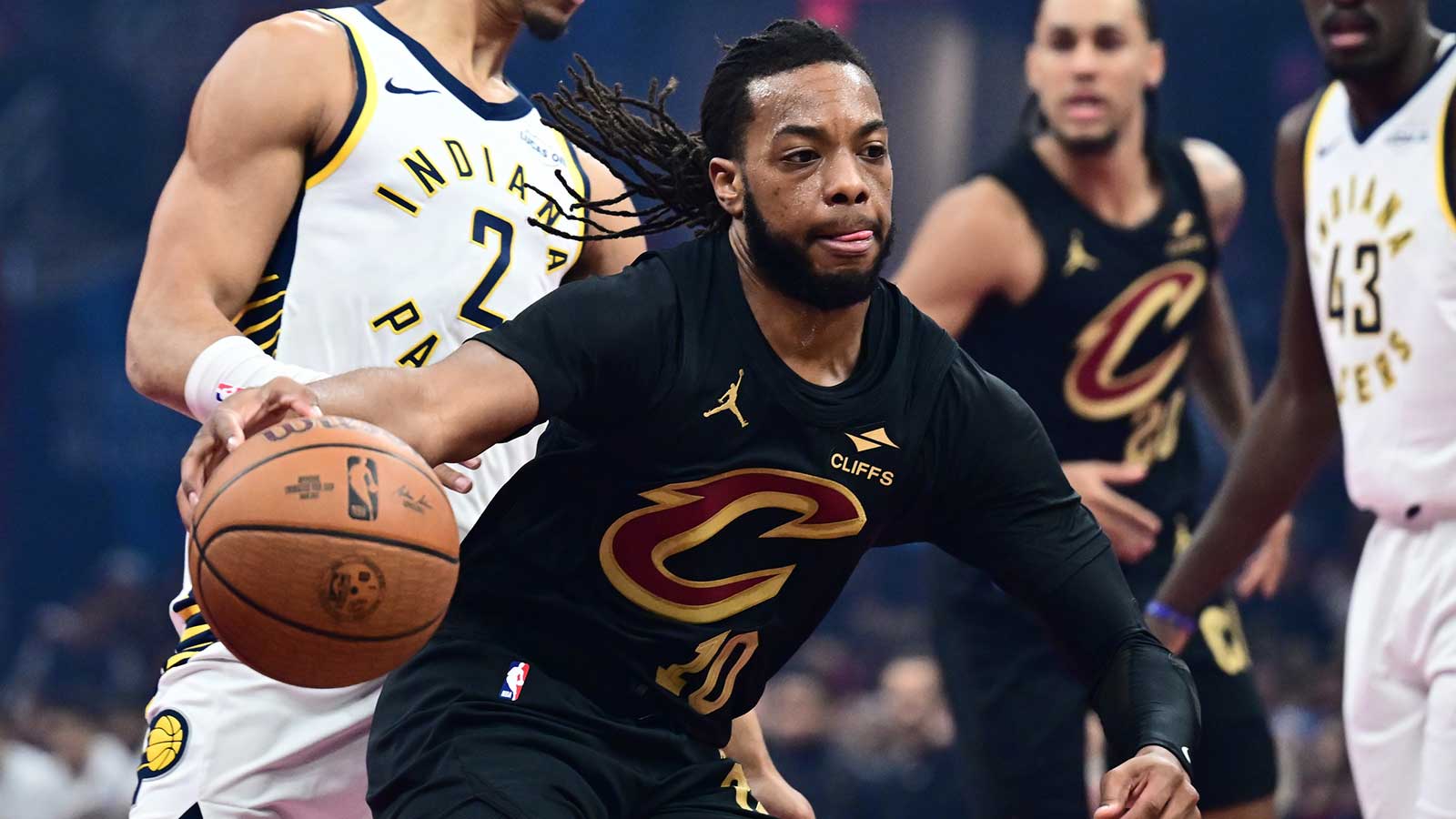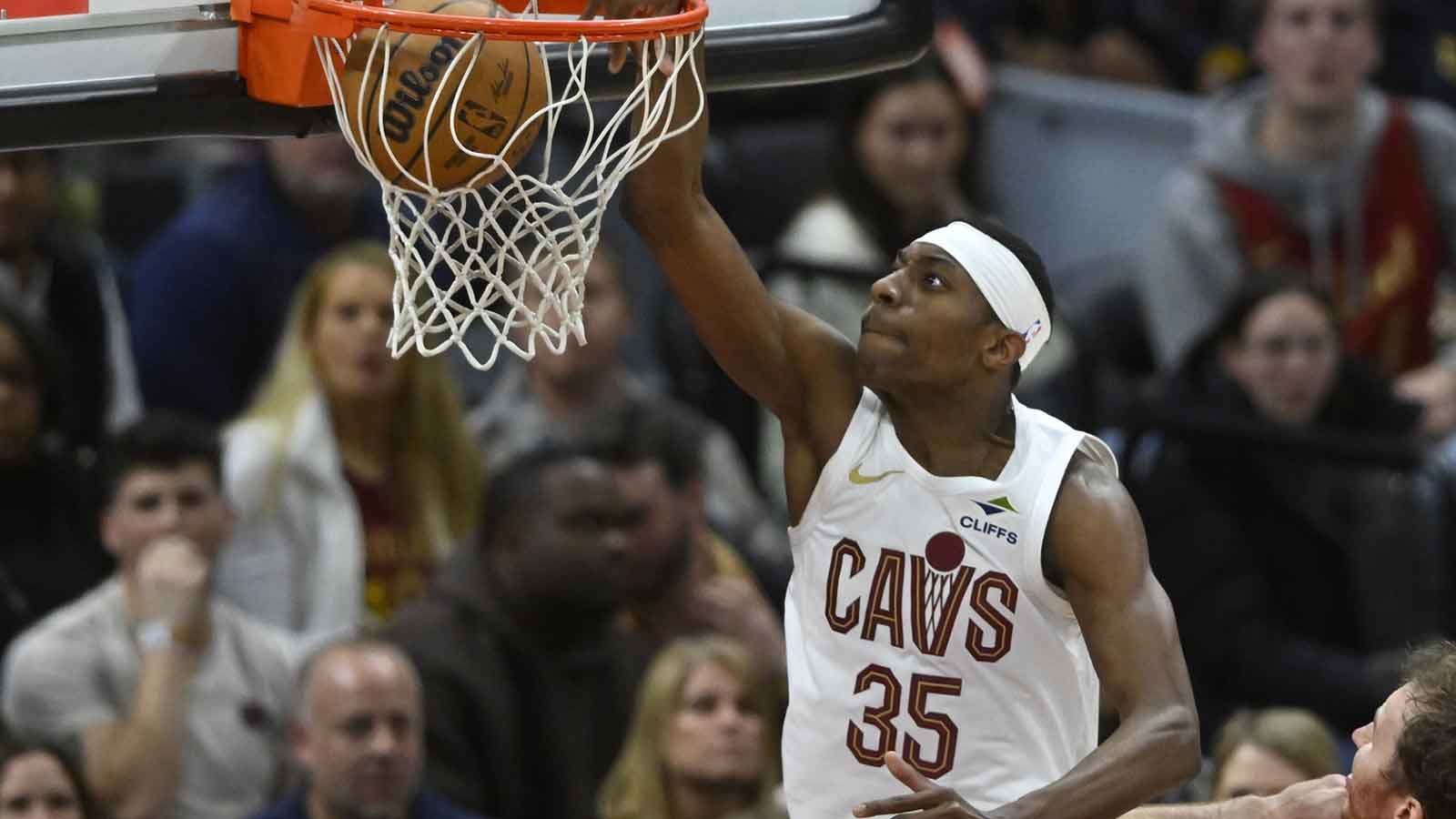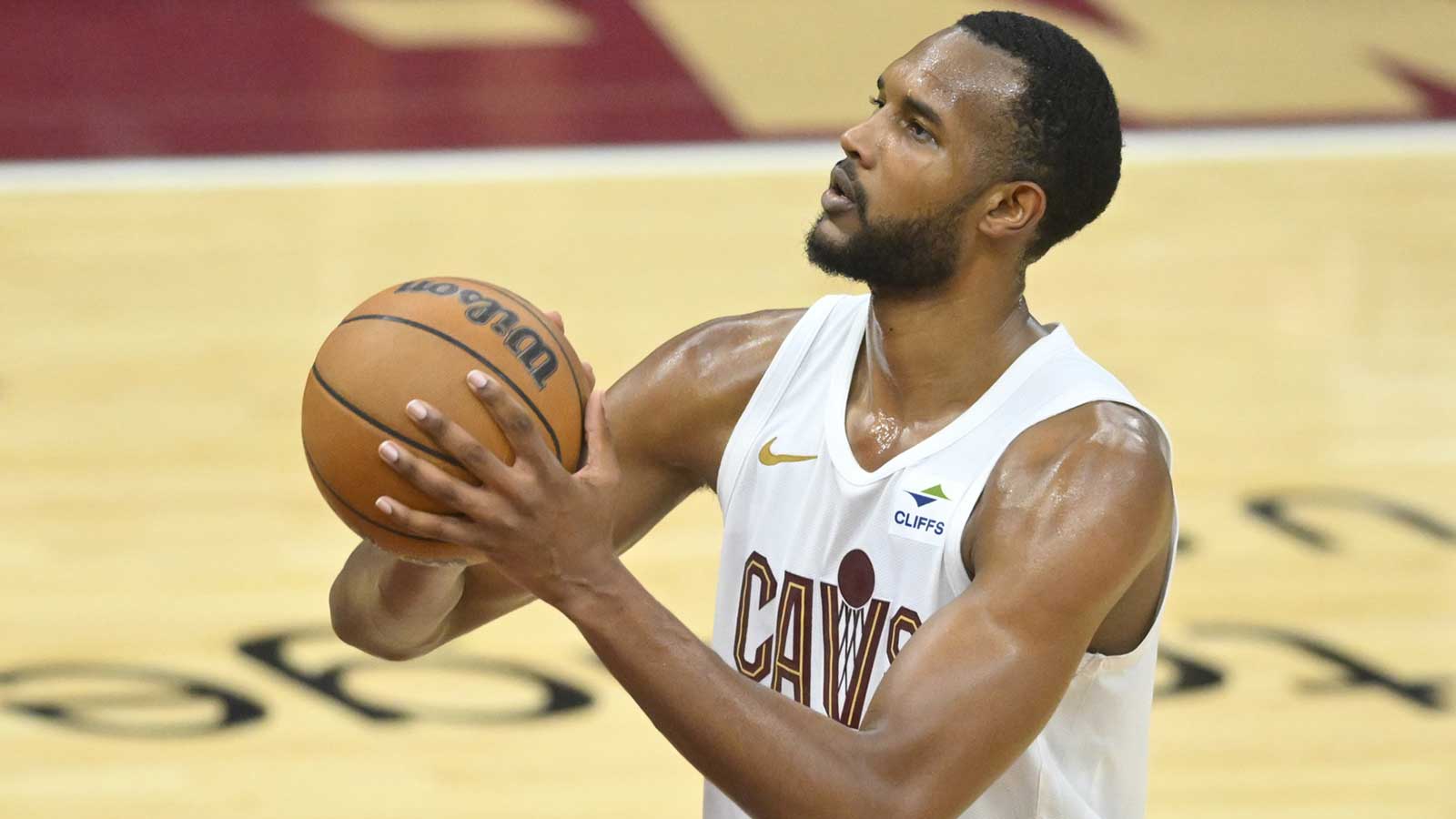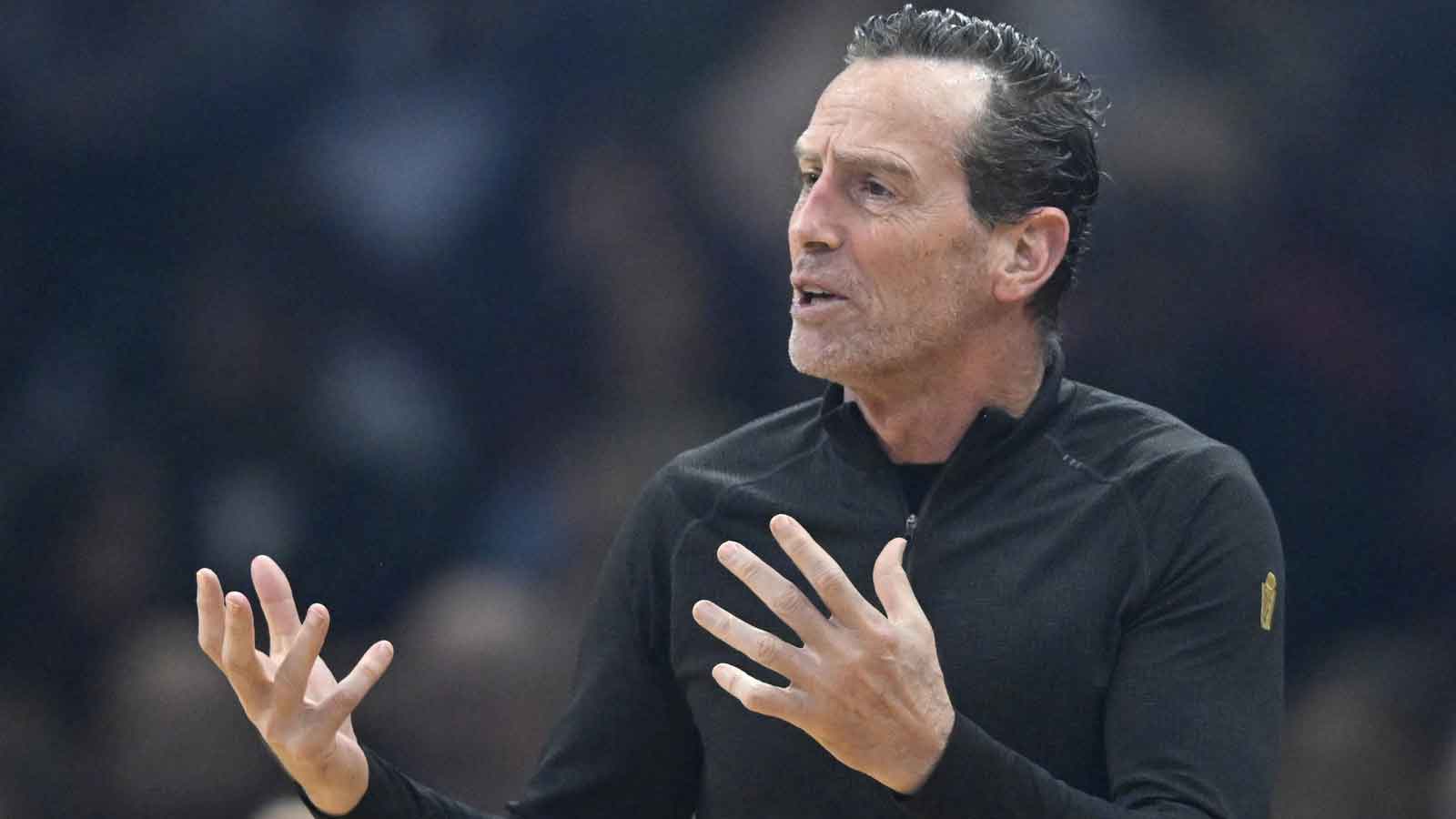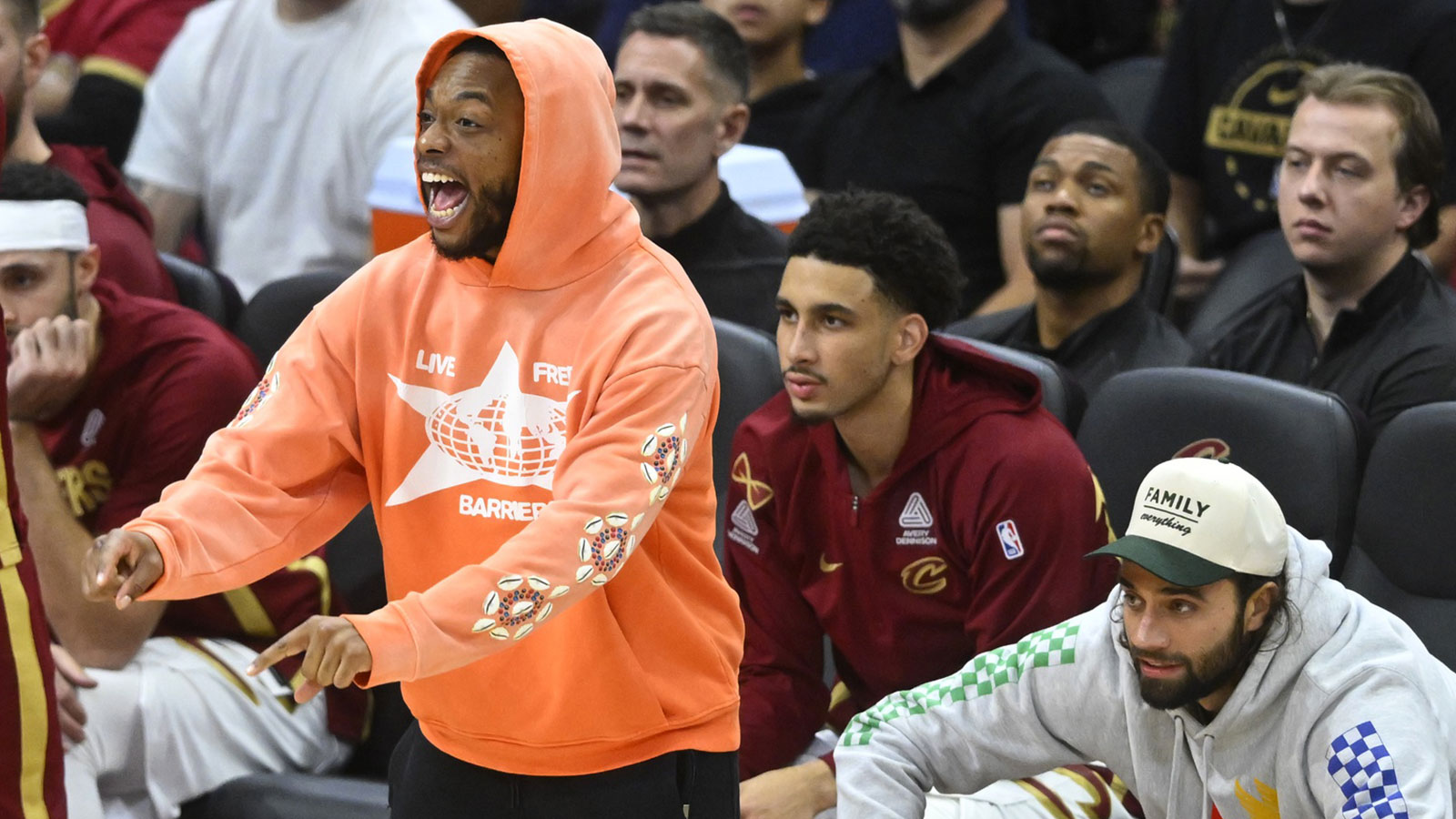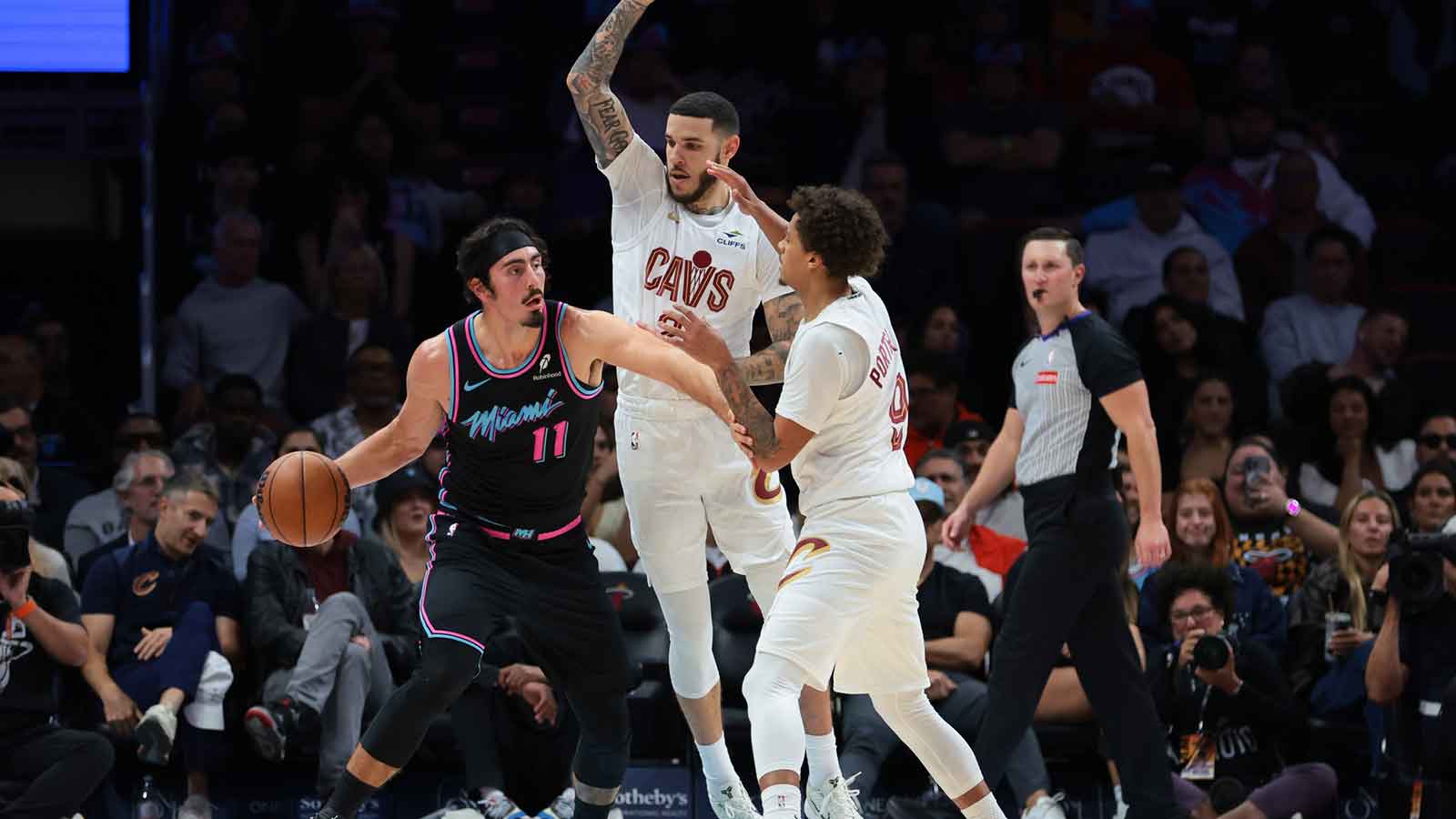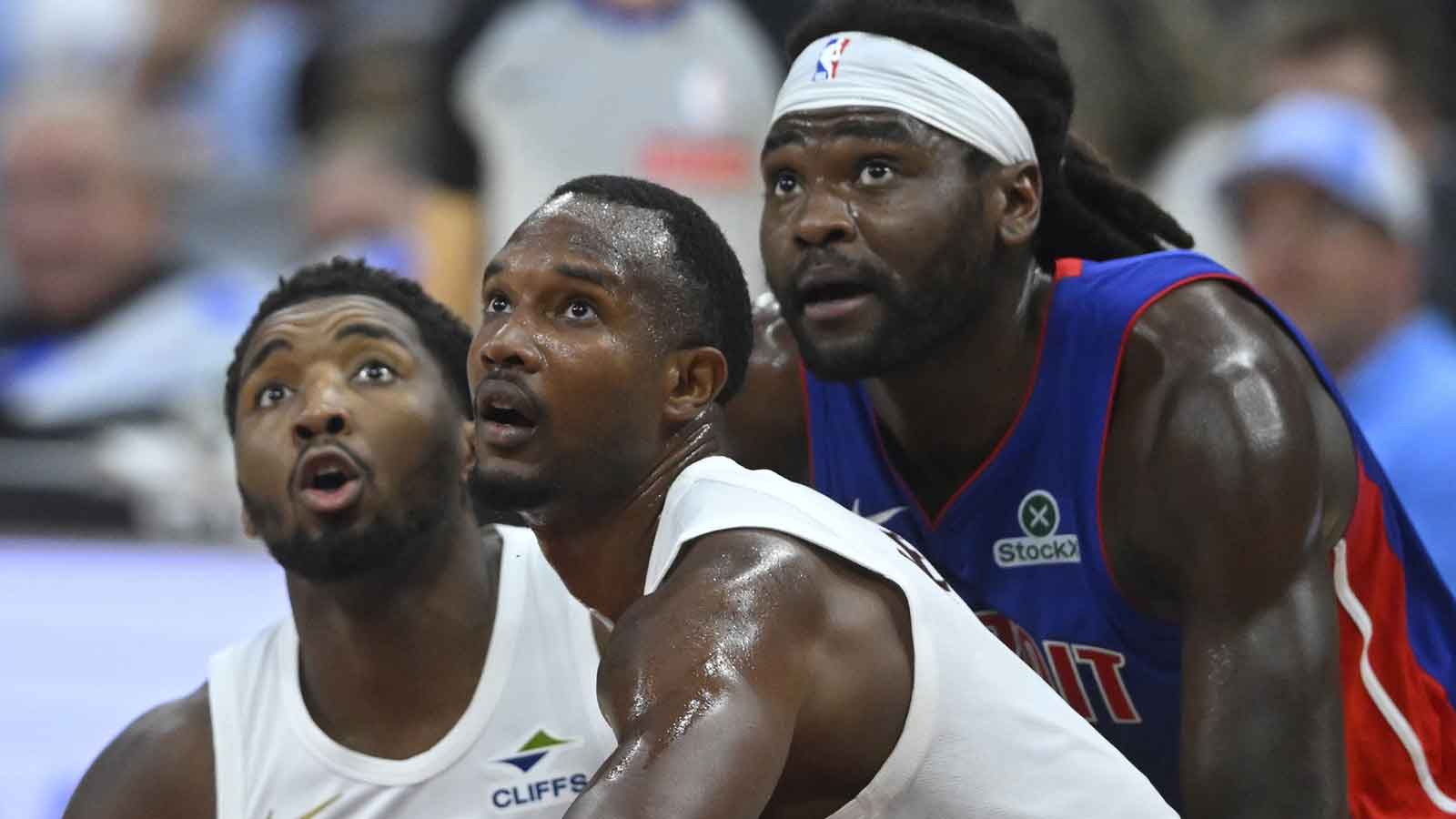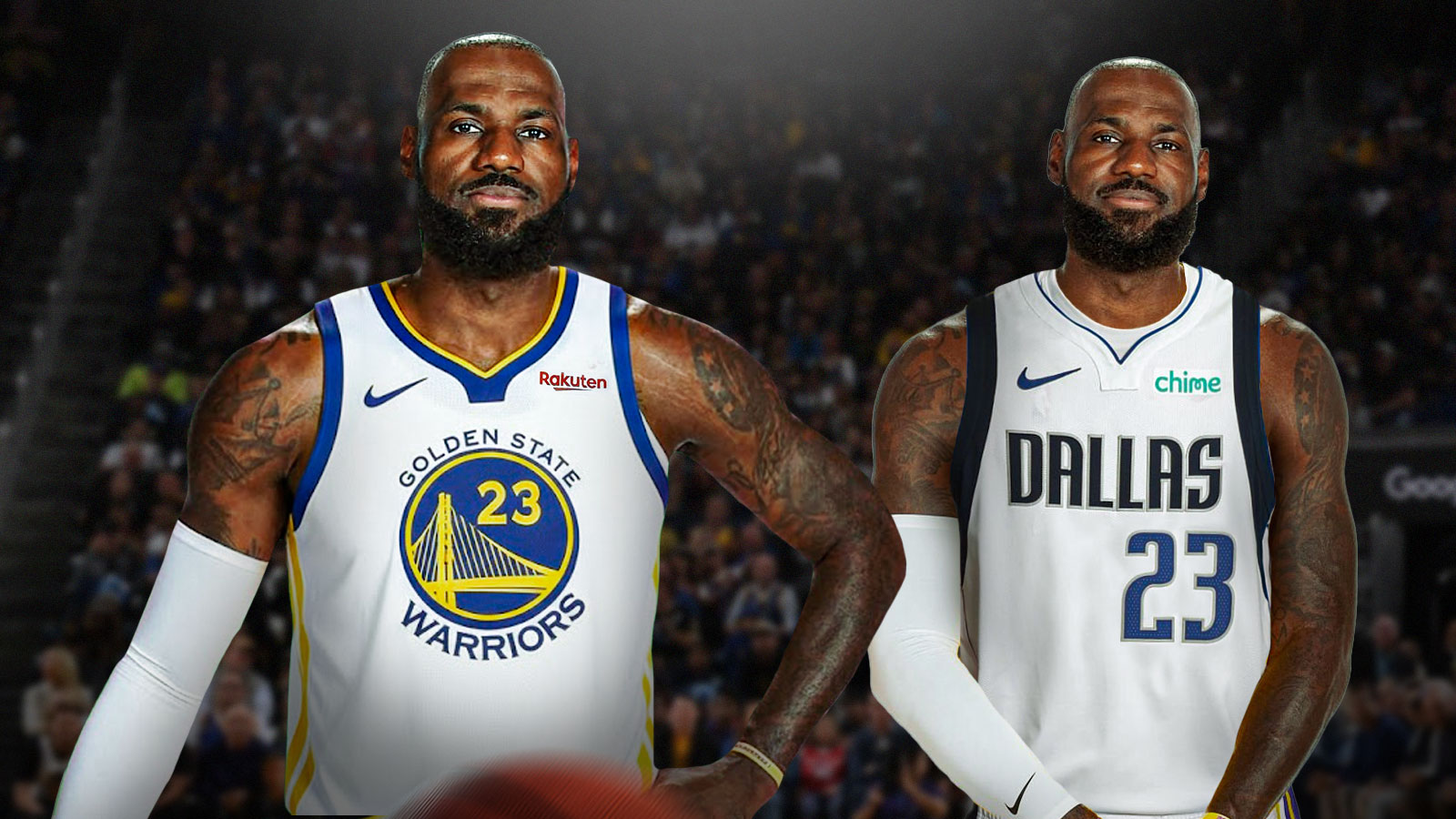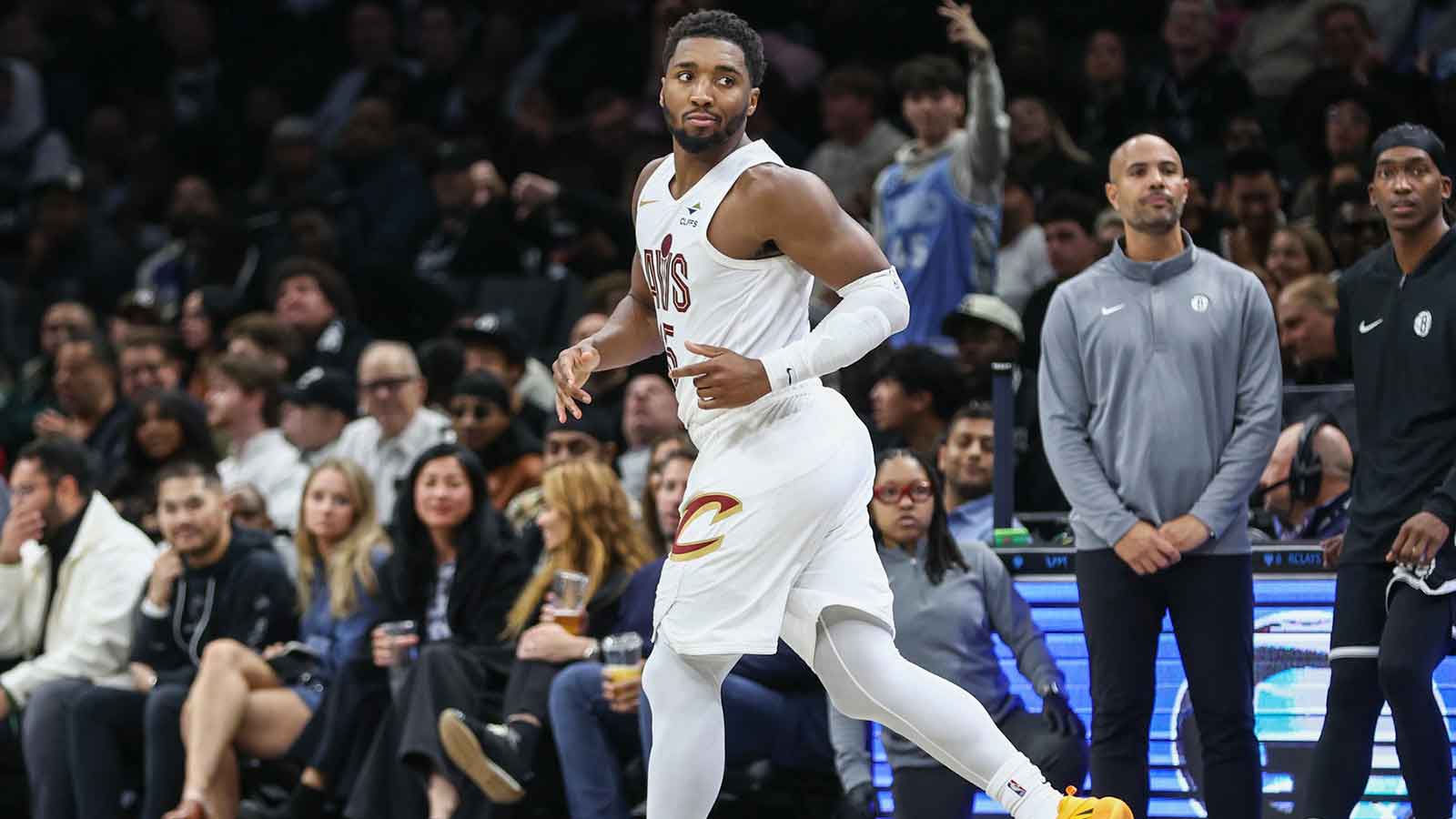LeBron James officially signed with the Los Angles Lakers this week. The Cleveland Cavaliers had time between the announcement and the signature to process the decision but the repercussions still haven't truly hit. With the spotlight on Hollywood, the Cavaliers return to anonymity to pickup the pieces without its star.
LeBron James leaves behind an ill-fitted roster made up of one-dimensional role players and fading veterans. How they do that might depend on how much value Kevin Love has outside of Cleveland and the Cavaliers priorities for next season.
The Immediate Salary Cap Glance

Cleveland has racked up quite the tax bill to the NBA over the last few years and avoiding luxury tax territory might be priority number one in the post-LeBron era.
The luxury tax line is set at $123.7 million. Cleveland sits at $108.8 million in player salaries, including 2018 eighth overall Collin Sexton. The Cavaliers could free up an extra $3.05 million by waiving Kendrick Perkins and Okaro White, giving them $18 million in breathing room with 12 players under contract before they get to the luxury tax.
Cleveland needs scoring, especially from the wings, and would be wise to bring back Rodney Hood. With the free agency market drying up, the Cavaliers could potentially get a discount on a young player only a year removed from a productive season.
Teams around the league are looking to shed salary. Cap space is a premium, so there's a truncated market for the host of veterans the Cavs might want to unload to begin an immediate rebuild. Fortunately, the Cavaliers' cap situation isn't perilous enough to require giving away assets to dismantle the roster.
Push for a Playoff Spot or Bow Out of the Race?

Cleveland still has some talent on their roster. Kevin Love is now the resident superstar and the last time he anchored an offensive attack he put up All-NBA numbers. The game has changed and Love has aged but he still might be a capable first option for a playoff hopeful in the Eastern Conference. George Hill, Kyle Korver, and Larry Nance are also solid role players capable of starting in stints. A lineup of Sexton, Love, and Hood flanked by Korver and Nance wouldn't be the worst team in the world, though it certainly doesn't strike fear into many.
A realistic look at the roster means Altman has to decide whether to consider the Cavaliers as a conduit for moving assets elsewhere, allowing them to stock up on young players and draft picks, or to give this team a shot built around Love and Sexton.
Should the Cavaliers opt to push for a playoff spot, re-signing Hood to a modest deal (I'd anticipate a short one or two-year deal worth $5-6 million annually) and utilizing their full non-taxpayer Mid-Level Exception should net them role players to fill in the gaps around a Sexton and Love attack.
At the complete other end of the spectrum is the prospect of bailing out on next season, moving their veterans to desirable locations, cutting costs, and building a younger core whose timeline matches more with the development of Sexton. The kicker with this strategy is Cleveland's 2019 top 10 protected first-round pick owed to Atlanta from the Kyle Korver deal.
Trade obligations like this complicate the picture for the Cavaliers. It would be sensible to be bad over the next two years, keep two top 10 picks and see their obligation to Atlanta change over to two second-round picks; hopefully building a young core worth building around. The Cavs just might have enough talent to threaten that. Cap management is an inexact science and the sureest way to avoid losing its pick is to trade their players now.
Kevin Love, the Veterans and Contracts Not as Bad as they Appear

Right before the NBA draft, news came out about the Cavaliers' intentions to keep Kevin Love regardless of the LeBron James decision. Love gives the organization what they lacked when LeBron left in 2010: an All-Star talent capable of shouldering a heavier load. His presence already skews comparisons to Cleveland's most recent rebuild when LeBron left. For the many pundits out there constantly screaming for more Love post-ups and sets built around his diverse skill set, his time is coming.
Love is owed $24.1 million next season with a player option for 2019-20 worth $25.6 million. A year as the top option might lead to a big campaign for Love. With another cap surge expected in 2019, this might be his last year in Cleveland.
Usually teams in Cleveland's situation try to unload them via trade. What a guy like Love commands on this year's market, especially with that opt-out clause for next summer, is a bit uncertain. Still, he's without a doubt the most valuable trade piece on the Cavaliers roster.
Beyond him, Cleveland has a ready-made cast of veteran role players on an array of contracts: some are pricey, some are bargains, and some are untouchable to the outside world. The way General Manager Koby Altman assembled this roster after the Kyrie Irving trade may not have been ideal for helping LeBron James win an NBA Championship. It is, however, designed perfectly to shorten Cleveland's financial commitments post-LeBron and give them enough flexibility to either wait until free agency in 2020 to make their next big moves or to push off their versatile contracts on others and get more youth as a result.
George Hill, the most expensive player on the roster after Kevin Love, is due $19 million in salary this season, a steep price to pay for his production. With that set in stone and another $18 million coming for the 2019-20 campaign, Hill's contract on its face appears next to untradeable. Yet that 2019-20 salary is more team-friendly than it appears with only $1 million guaranteed if Hill is released before next July 1.
With so many teams hoping to enter a crowded and lucrative free agency pool in 2019, Hill's deal could have more value on the trade market than meets the eye. The same goes for J.R. Smith, who only has $3.87 million of his $15.68 million salary for 2019-20 guaranteed. Kyle Korver has similar partial guarantees.
While the Cavaliers cap sheet officially shows $104 million in committed salaries for 2019-20 (giving them only $5 million of space), they can increase their cap space up to $65 million by simply releasing those three players and starting from scratch. The more prudent path might be to leverage those veteran assets to teams that need cap space more for their competitiveness, though. Altman would then look for young players, short-term expiring contracts as salary filler and draft picks to position Cleveland for a quick rebuild.
No veteran on the team has more immediate trade value than Kyle Korver. His instant offense off the bench and ability to blend into any offensive attack will make him a heavily sought-after veteran. He's due $7.56 million this year and, with a partial guarantee for next season, he'll be inexpensive from a salary standpoint. Would Budenholzer offer up an acceptable offer to reunite himself with Korver in Milwaukee while spacing the floor around Giannis? What about the Sixers?
The point here is Cleveland's cap situation is better than expected thanks to the many flexible partial guarantees embedded into the deals they've signed and acquired.
2020: A Clean Slate

Two years from now the Cavaliers have zero guaranteed dollars on their roster. Regardless of what they do this season with moves to strip down or keep the crew they have, Altman has built a club that lacks long-term commitment. The next two years can be about trying to win, make the postseason and play the underdog card in the wake of the King's departure. It can also be a tryout period for Collin Sexton to be the team's franchise player.
By 2020, Cleveland is likely to have their own first-round and second-round pick cupboard full, perhaps with other picks from elsewhere. Their robust amount of financial flexibility will bring roster fluidity and flexibility as well. That doesn't guarantee the Cavs a trip back to the postseason when they make it through this tough two-year stretch. A blank canvas is what every general manager and owner dreams of though, and with the cap expected to be north of $110 million by then, Cleveland has a multitude of options to make this disappointing period in franchise history end quickly.


